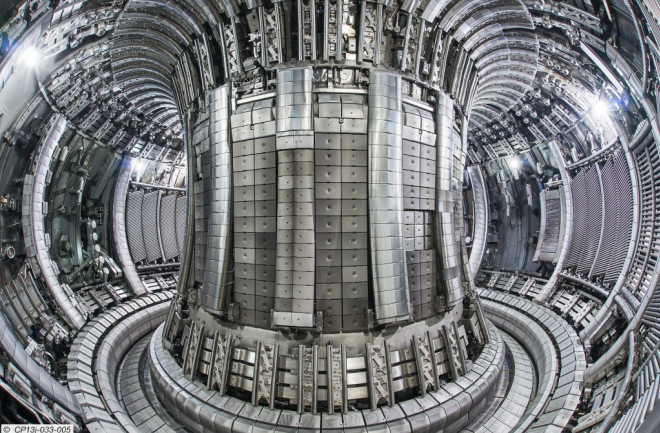Nuclear fusion has long been considered the “holy grail” of energy research. It represents a nearly limitless source of energy that is clean, safe and self-sustaining. Ever since its existence was first theorized in the 1920s by English physicist Arthur Eddington, nuclear fusion has captured the imaginations of scientists and science-fiction writers alike.
Fusion, at its core, is a simple concept. Take two hydrogen isotopes and smash them together with overwhelming force. The two atoms overcome their natural repulsion and fuse, yielding a reaction that produces an enormous amount of energy. But a big payoff requires an equally large investment, and for decades we have wrestled with the problem of energizing and holding on to the hydrogen fuel as it reaches temperatures in excess of 150 million degrees Fahrenheit.
To date, the most successful fusion experiments have succeeded in heating plasma to over 900 million degrees Fahrenheit, and held onto a plasma for three and a half minutes, although not at the same time, and with different reactors. The most recent advancements have come from Germany, where the Wendelstein 7-X reactor recently came online with a successful test run reaching almost 180 million degrees, and China, where the EAST reactor sustained a fusion plasma for 102 seconds, although at lower temperatures.
Still, even with these steps forward, researchers have said for decades that we're still 30 years away from a working fusion reactor. Even as scientists take steps toward their holy grail, it becomes ever more clear that we don’t even yet know what we don’t know.

